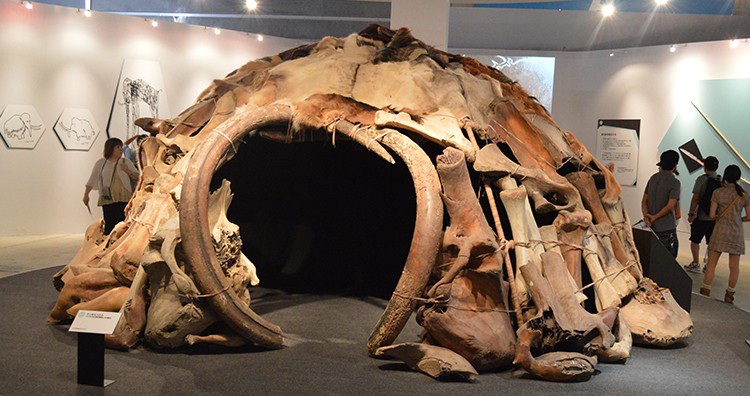Accidental but groundbreaking discoveries in the world
Invention thanks to forgetting to wash hands

Photo 1: Constantin Fahlberg and saccharin discovered by accident
124 years ago, German-Russian chemist Constantin Fahlberg stumbled upon the world's first artificial sweetener by forgetting to wash his hands after work. More precisely, in 1879, when Fahlberg was working on coal tar-derivative benzoic sulfimide in Ira Remsen's laboratory at Johns Hopkins University (Baltimore, USA), he forgot to wash his hands when he got home.
Fahlberg noticed the unusual sweetness of the dish. Because his wife said he didn't use sugar, he discovered that the sweetness came from the chemical derivative he did the experiment left on his hand.
The next day, Fahlberg went to the laboratory to continue his research, he tasted all the used cups, fortunately none of them contained poison. As a result, the sweetener was found to be a compound called benzoic sulfimide, which is 300 times sweeter than normal sugar. In another version of the discovery, Fahlberg carelessly left a cigarette on his lab bench. When smoked again, the cigarette has a sweet taste like food.
According to the American Chemical Society (ACS), Fahlberg named the compound saccharin. Latin for sugar, it was the first non-nutritive sweetener commercialized in Germany.
Since the beginning of the twentieth century, saccharin has been controversial, even Harvey Wiley, a chemist who used to be the head of the US Department of Agriculture, proposed to ban saccharin, but then US President Theodore Roosevelt needed to lose weight. declared "anyone who says saccharin is harmful to health is an idiot".
From there, Wiley's career ended, and saccharin use became more common, especially during World War I due to severe sugar shortages. In the 1960s, it began to be advertised for weight loss. Soon after, food scientists stepped in and found that saccharin had a risk of causing bladder cancer in mice.
In 1977, an act of Congress required that the packaging of sweeteners carry a cancer warning label. But in 2000, scientists discovered that humans metabolize saccharin differently than mice. The warning label requirement has been rescinded. Today, despite competition from other sweeteners and its metallic aftertaste, saccharin remains a popular choice.
Invented by dropping a chemical cup

Scientists Samuel Smith and Patsy Sherman
In 1952, two scientists named Patsy Sherman and Samuel Smith were hired by 3M Corporation of America to research and develop a new type of rubber used in jet fuel lines. While doing research, someone accidentally dropped a cup full of chemicals on the floor. Sherman later found that she could not clean the mixture. This compound later became commercially available as Scotchgard, a popular furniture protectant.
At first, Patsy Sherman thought that just using soap and water would wash it off, but that's not the case. Out of curiosity, she decided to take a closer look and discovered that it was a fluoro polymer that was resistant to most solvents.
With the help of his partner Samuel Smith, Patsy Sherman worked on creating scotchgard protector, a fabric and furniture protector popular in the US since 1956. Scotchgard protector is made up of sticky particles on one side, helps cling to fabric and the other side is slippery enough to resist stains. When applied to carpet or upholstery, the formula surrounds the fabric fibers and prevents dirt, water, oil and most other liquids from penetrating.
Detecting vibrations when building tunnels

Mammoth house
In 1965, while building his family's basement, a farmer in the town of Mezhyrich, central Ukraine, stumbled across the lower jaw bone of a mammoth. Upon further excavation, archaeologists discovered four ancient huts made from 149 mammoth skeletons. These houses are believed to have been built by prehistoric people, dating back at least 15,000 years.
The discovery of four ancient huts as well as other mammoth bone huts discovered in Moravia, the Czech Republic and southern Poland suggest that these were the first "monumental structures" by pre-humans. history created. The four huts found in Mezhyrich alone are made up of a total of 149 mammoth skeletons with hundreds of bones and tusks, large and small, placed in a rough circle 6-10 meters in diameter. This work is most likely from the Cro-Magnons tribe, dating from between 23,000 BC and 12,000 BC.
During the excavation, archaeologists also found a fireplace in the center of the place where stone tools were previously found. Giant mammoth bones weigh hundreds of pounds even when dried. Archaeologists speculate that the bones and tusks appeared during hunts in which entire herds of adult and young mammoths were murdered, while others believe they were found naturally. . However, with this accidental discovery, the world has somewhat gained a religious or social panorama of the development of the late Ice Age.
According to UFC
- The accidental scientific discovery possible
- Useful discoveries about DNA winning the 2015 Nobel Prize in Chemistry
- Great inventions did not win the Nobel Prize
- Incredible but great inventions
- 10 outstanding scientific discoveries in 2008
- 3 more amazing discoveries that scientists have not been able to explain
- 10 forgotten archaeological discoveries have been found again
- Ancient Egyptians and rituals broke ground
- The groundbreaking project studies how to raise the dead
- Breaking ground to build huge telescopes
- Birth of seedless lemon
- 7 archaeological discoveries are 'going the right way' with science, so far no one has explained it
 The most famous scientific failures in history
The most famous scientific failures in history Mysterious genius mechanic and the machine froze time
Mysterious genius mechanic and the machine froze time The son carries the 'bad gene' of genius Albert Einstein
The son carries the 'bad gene' of genius Albert Einstein Isaac Newton
Isaac Newton